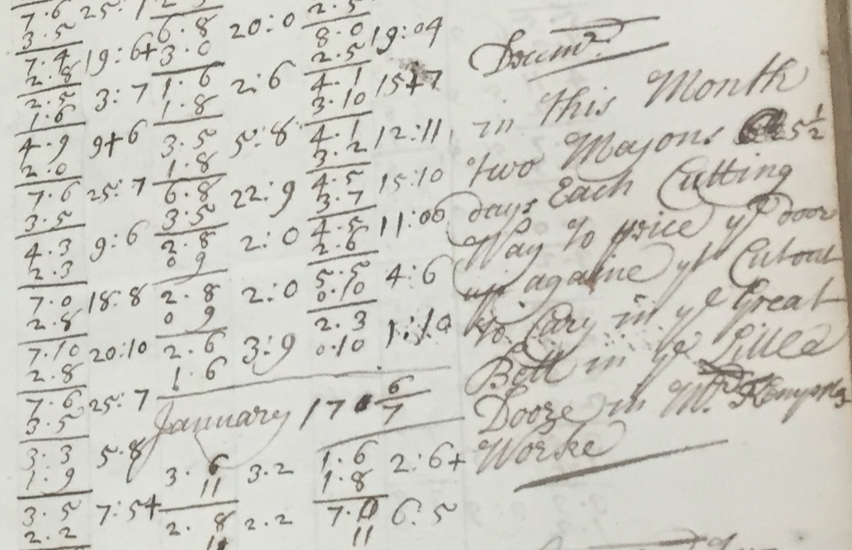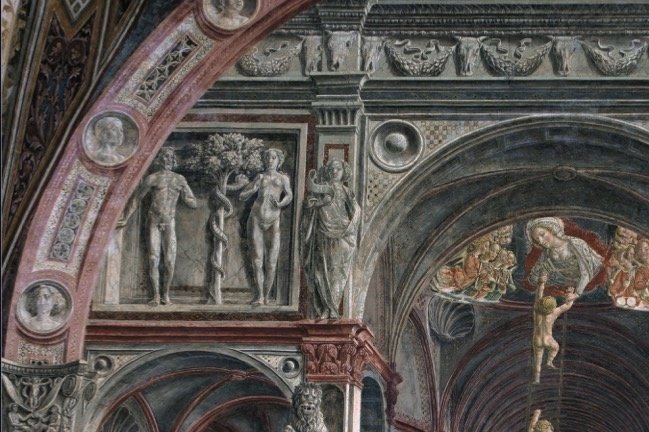
Women in Building Construction in the Early Modern Period
This SAHGB - IHR seminar will be a hybrid event, taking place online and in person at the Institute of Historical Research, Pollard N301 (3rd Floor, North Block of Senate House, Malet St, London WC1E 7HU).
Abstract:
In a session held jointly with the seminar Architectural History (SAHGB/IHR) and the Women’s History seminar (IHR), a panel of researchers who are leaders in the field of women in building construction will discuss and debate the role of women in the building trades in the Early Modern Period. Questions and issues which have reoccurred in historical research over many years will be considered. What trades did women undertake? Did women learn and exercise building skills? Did they apply them on site or in workshops (were they hands-on?)? The historical record is very uneven and often unclear. Historians have questioned whether it can be assumed that a woman named as a carpenter, plumber, mason, etc. actually was. Long-standing issues of widows, apprenticeship and women in business as builders will be aired and interrogated from the different perspectives of speakers.
For the history of women in building construction in Britain and Ireland in the Early Modern Period, the discussion brings together Linda Clarke, Conor Lucey, Amy Erickson, and Kirsty Wright and Elizabeth C. Biggs with an overview of European gender-based practices from Shelley E. Roff. After short papers of ten minutes the panellists will follow up with a discussion of issues arising from the presentations, both contested and agreed, with those attending the seminar in-person and online invited to take part.
Registration:
Please use the form below and watch for the pop-up message that will appear on screen after you submit your details. You can copy the Zoom details that will be shown in this message, for those joining remotely.
Book A Place:

Painting Architecture in Early Renaissance Italy: Invention and Persuasion at the Intersection of Art and Architectural Practice
This SAHGB - IHR seminar will be a hybrid event, taking place online and in person at the Institute of Historical Research, Pollard N301 (3rd Floor, North Block of Senate House, Malet St, London WC1E 7HU).
Abstract:
Why did artists include prominent architectural settings in their narrative paintings? Why did they labour over specific, highly innovative structural solutions? Why did they endeavour to design original ornamental motifs which brought together sculptural, pictorial and architectural approaches, as well as showcasing their understanding of materiality?
Painting Architecture in Early Renaissance Italy addresses these questions in order to shed light on the early exchanges between artistic and architectural practice in Italy, arguing that architecture in painting provided a unique platform for architectural experimentation. Rather than interpreting architectural settings as purely spatial devices and as lesser counterparts of their built cognates, this book emphasises their intrinsic value as designs as well as communicative tools, contending that the architectural imagination of artists was instrumental in redefining the status of architectural forms as a kind of cultural currency.
Exploring the nexus between innovation and persuasion, Livia Lupi highlights an early form of little-discussed paragone between painting and architecture which relied on a shared understanding of architectural invention as a symbol of prestige. This approach offers a precious insight into how architectural forms were perceived and deployed, be they two or three-dimensional, at the same time clarifying the intersection of architecture and the figural arts in the work of later, influential figures like Giuliano da Sangallo, Raphael, Michelangelo and Baldassarre Peruzzi, whose work would not have been possible without the architectural experimentation of early fifteenth-century artists.
In conjunction with our October seminar, the speaker is leading a viewing of materials at the Soane Museum the same afternoon, limited to 10 places.
Registration:
Please use the form at the bottom of the page and watch for the pop-up message that will appear on screen after you submit your details. You can copy the Zoom details that will be shown in this message, for those joining remotely.
Speaker Bio:
Livia Lupi is a historian of art and architecture in early modern Europe, with a focus on the intersection of artistic and architectural practice. Her work has been funded by the Arts and Humanities Research Council, the Leverhulme Trust and the Warburg Institute. In addition to her research, she works as a curator, editor, and translator.
Image Caption: Book Cover, Painting Architecture in Early Renaissance Italy
Book A Place:
Recent Recordings
Membership Required


